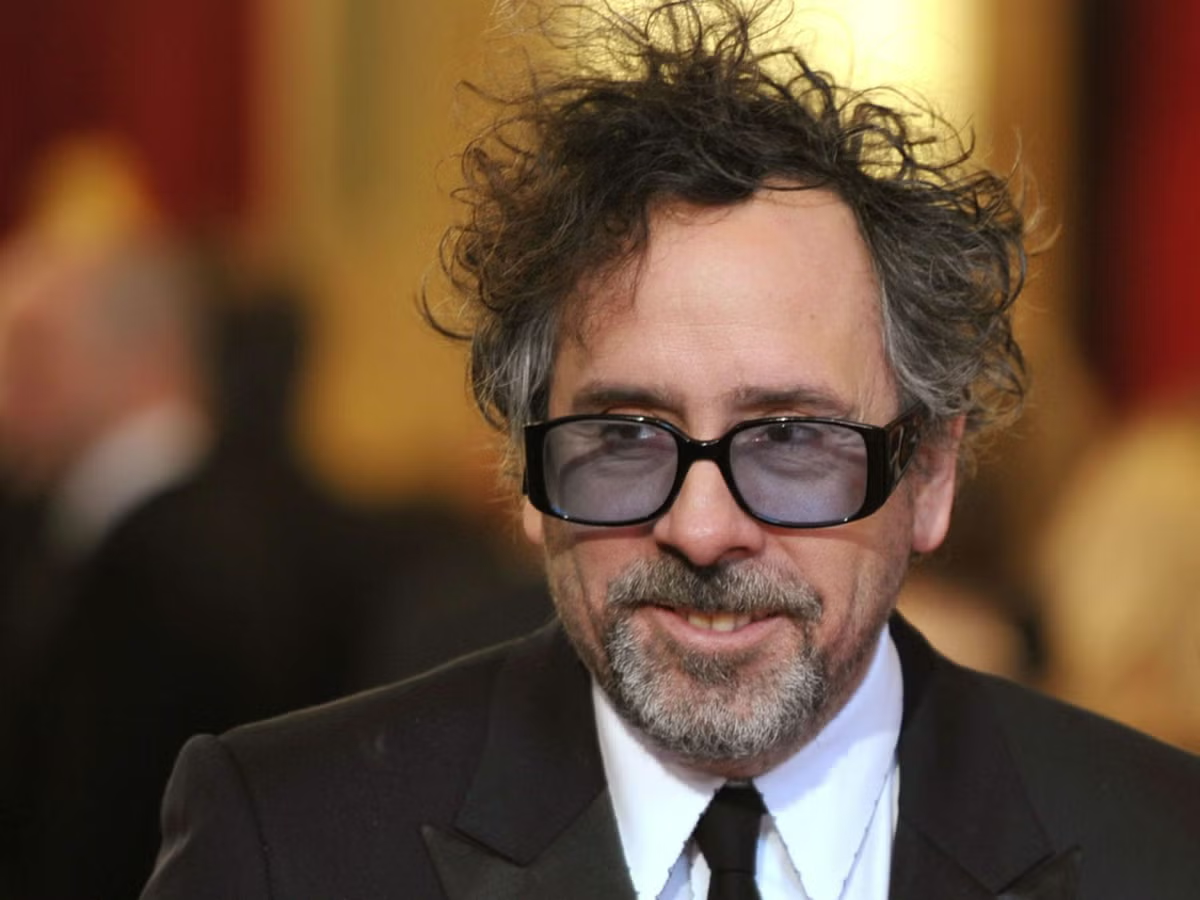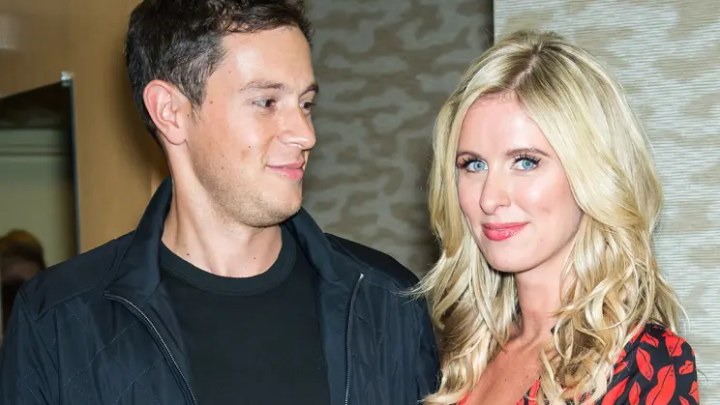Tim Burton is one of the most iconic filmmakers of the modern era. Known for his gothic imagination, dark humor, and peculiar characters, he has created some of the most memorable works in cinema, including Edward Scissorhands, The Nightmare Before Christmas, and Beetlejuice. His unique style has earned him a global fan base and a reputation as a master of the fantastical.
Yet, in recent years, Burton has faced scrutiny over a sensitive issue: representation. The discussion around whether his work excludes diversity or perpetuates bias has sparked heated debates online. At the center of this debate is the provocative question often asked in fan circles and media commentary: is Tim Burton racist?
This article explores the origins of this controversy, the cultural context, Burton’s response to criticism, and the broader conversation about representation in film.
The Origins of the Controversy
Criticism of Burton’s films gained momentum in the mid-2010s, when viewers began pointing out a noticeable lack of diverse characters in his work. Whether it was his animated features like Corpse Bride or live-action classics like Batman and Big Fish, Burton’s worlds were often dominated by white leads.
The controversy reached its peak when Burton was interviewed about casting choices in his 2016 film Miss Peregrine’s Home for Peculiar Children. When asked why his films historically lacked racial diversity, he responded with comments that critics saw as dismissive. Burton stated that he grew up watching shows with “all white people,” suggesting that diversity wasn’t part of his artistic vision.
These remarks sparked backlash, with many fans and critics labeling his perspective outdated. The incident amplified the ongoing debate about whether his films unintentionally reinforce exclusionary storytelling.
Why Representation Matters in Cinema
Film is not just entertainment; it is a cultural mirror. Representation on screen affects how audiences see themselves and how societies normalize inclusion. When diverse characters are absent from major films, it can perpetuate a sense of invisibility for underrepresented communities.
Hollywood has long struggled with this issue. For decades, roles for people of color were limited, stereotyped, or sidelined. Progress has been made, especially in recent years, with studios and directors actively embracing inclusive casting. Against this backdrop, the discussion about Burton’s films gained traction because his works—so imaginative and boundary-pushing in design—appeared regressive in terms of representation.
Tim Burton’s Unique Creative Lens
To understand this debate fully, one must also examine Burton’s artistic style. His films have always revolved around outsiders and misfits: characters who don’t fit into mainstream society. Edward Scissorhands, Jack Skellington, and Lydia Deetz are all emblematic of this theme. Burton’s fascination with the unconventional has been celebrated as groundbreaking.
However, some argue that Burton’s definition of “outsider” has been narrow—often portrayed through pale-skinned, gothic archetypes rather than a wide spectrum of identities. This artistic lens has led some to conclude that his storytelling overlooks cultural diversity, feeding into the criticism captured in the phrase Tim Burton racist.
Tim Burton Racist: Examining the Criticism
The phrase “Tim Burton racist” is not just a blunt accusation but a reflection of broader frustrations about representation in media. Critics point to several recurring issues in his filmography:
- Casting patterns: Most of Burton’s leading roles have gone to white actors, often recurring collaborators like Johnny Depp, Helena Bonham Carter, and Winona Ryder.
- Narrative focus: Stories are centered on eccentric but predominantly white protagonists.
- Dismissive comments: His past interviews suggested a lack of awareness about the importance of diversity in storytelling.
Supporters of Burton argue that labeling him outright as racist oversimplifies the issue. They see his work as rooted in personal nostalgia and artistic preference rather than conscious exclusion. Nevertheless, the criticisms highlight an undeniable gap between Burton’s creative vision and evolving societal expectations.
The Impact of Miss Peregrine’s Home for Peculiar Children
The 2016 film Miss Peregrine’s Home for Peculiar Children became a turning point in this conversation. While the movie did feature a Black character played by actor Samuel L. Jackson, many critics noted that his role was that of a villain rather than a central hero. The film reignited questions about why Burton’s imaginative worlds rarely allow people of color to exist as leads or protagonists.
The controversy wasn’t just about one movie—it became symbolic of a larger issue in his filmography. By then, audiences had started demanding more inclusivity across Hollywood, and Burton’s comments only deepened the divide between his creative style and modern expectations.
Fan Reactions and Cultural Conversations
Burton’s fans remain fiercely loyal, often defending his artistry and insisting that his films should not be judged by contemporary social standards. For them, the magic of his work lies in its timeless, gothic whimsy rather than its casting choices.
On the other hand, critics argue that excusing the absence of diversity in the name of “artistic style” is harmful. They believe that in a world as imaginative as Burton’s, where skeletons dance and corpses sing, there should be no barrier to representing diverse cultures and races.
Social media has amplified this divide, with debates often boiling down to whether the phrase Tim Burton racist represents a fair critique or an unfair label.
Broader Issues of Diversity in Hollywood
The Burton debate cannot be isolated from the larger context of Hollywood’s history. For decades, the film industry has grappled with systemic issues of race and representation. Even celebrated directors like Steven Spielberg, Quentin Tarantino, and Martin Scorsese have faced criticism for similar reasons.
What makes Burton’s case stand out is the stark contrast between his boundary-pushing visual imagination and the limited diversity of his characters. His critics argue that someone capable of envisioning such fantastical worlds should also be capable of embracing more inclusive storytelling.
Can Artistic Vision and Inclusivity Coexist?
One of the central questions arising from this debate is whether Burton’s distinct style inherently conflicts with inclusivity. Is his gothic, European-inspired aesthetic simply rooted in a cultural tradition that leans white, or is it an avoidable blind spot?
Some argue that inclusivity would only enrich his storytelling. Diverse characters could bring fresh dimensions to his tales of outsiders, reinforcing rather than diluting his central themes. Others suggest that forcing diversity into his style risks compromising his artistic authenticity.
Ultimately, this tension reflects a broader conversation about the role of art: should it stay true to an individual vision, or evolve to reflect collective social values?
Tim Burton’s Legacy Amid Controversy
Despite criticism, Burton remains a towering figure in film. His influence stretches across animation, live-action cinema, fashion, and even theme parks. His work continues to inspire young filmmakers and artists who admire his fearless embrace of the strange and unusual.
The controversy over representation does not erase his achievements, but it does complicate his legacy. Future generations may view him not just as a pioneer of gothic fantasy but also as a filmmaker whose work reflects the cultural blind spots of his era.
Moving Forward: What Burton’s Story Teaches Us
The debate around Burton underscores a critical lesson for both filmmakers and audiences: storytelling matters, and representation within those stories has real-world consequences. As audiences become more global and diverse, the demand for inclusivity will only grow stronger.
For directors like Burton, this represents both a challenge and an opportunity. His next films could serve as a bridge—maintaining his trademark style while embracing the richness of diverse casting. Doing so would not only respond to critics but also expand the universes he creates.
Conclusion
Tim Burton’s artistic world is filled with ghosts, ghouls, and gothic beauty. His contributions to cinema are undeniable, and his ability to craft the bizarre into the beloved has earned him a permanent place in film history.
Yet, the question of representation remains. The phrase Tim Burton racist may feel jarring to fans, but it reflects real concerns about inclusion in storytelling. While Burton may not see himself as intentionally exclusionary, his work illustrates how creative vision and cultural blind spots can collide.
In the end, the debate around Burton is less about vilifying a single filmmaker and more about what audiences expect from modern cinema. It is a reminder that even the most imaginative worlds should leave space for everyone to see themselves reflected.
Burton’s legacy is still being written, and whether he embraces inclusivity in future projects may determine how history remembers him—not just as a master of the gothic, but as a storyteller capable of evolving with the times.




